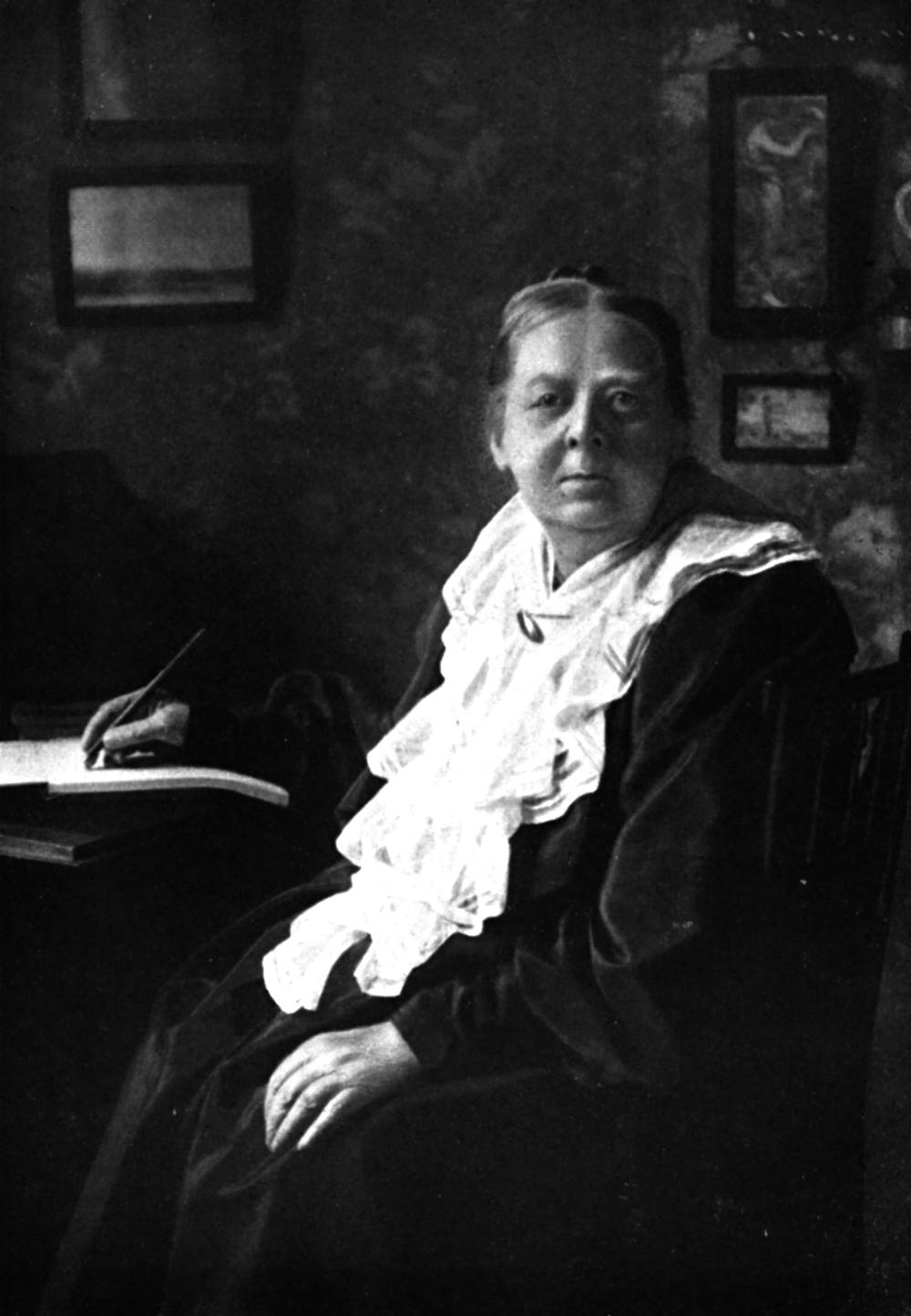Mary Everest was born in 1832 in Wickwar, Gloucestershire, daughter of Reverend Thomas Everest. Her uncle was George Everest, Surveyor General of India, after whom Mount Everest is named. Her family moved to France seeking to improve her father's ill health through homeopathic cures. She was educated at home and received arithmetic lessons from Monsieur Déplace, whom she idolised as the 'hero' of her childhood. The family returned to England when she was 11 where she assisted in her father's parish, teaching in Sunday school. During a visit to Ireland when she was 18 she met George Boole, a 35 year old professor of mathematics who taught at Queen's College, Cork. They shared both a love of mathematics and an approach to learning that was more practical and engaging than learning by rote. The couple married in 1855 and had 5 daughters but Mary was widowed at 32, when her youngest daughter was six months old.
She became a librarian at the first English ladies' college, Queen's College, in London, where she recalled: "The pupils were all women; the professors all men; women were admitted on the teaching staff only as subordinate assistants". She soon also became a private tutor, holding weekend seminars at home, where ideas about childhood education were discussed. Mary Boole is best known for her popular and creative methods of teaching maths to children, using natural materials and drawing on literature and history. She devised string geometry or curve stitching to help children grasp geometric shapes, forms and structure. She was the author of several progressive educational texts, publishing 'The Preparation of the Child for Science' in 1904 and 'Philosophy and Fun of Algebra' in 1909. She was committed to the study of science and psychology. In 1866, Boole wrote to Darwin seeking clarification that his theory might be compatible with her religious faith and was reassured by his response.
ODNB article: https://doi.org/10.1093/ref:odnb/38817



